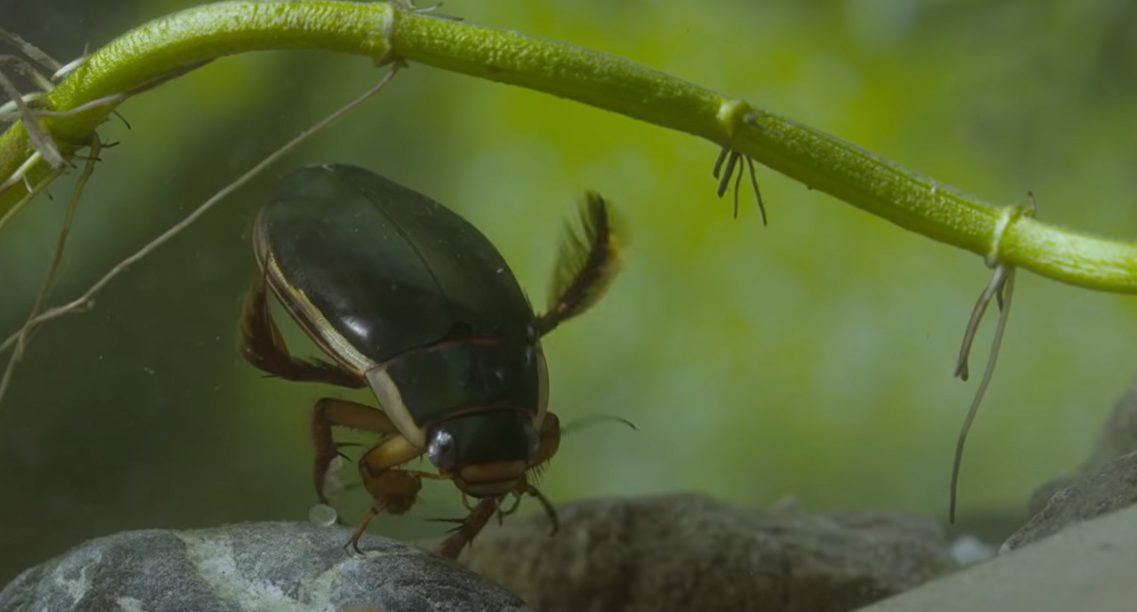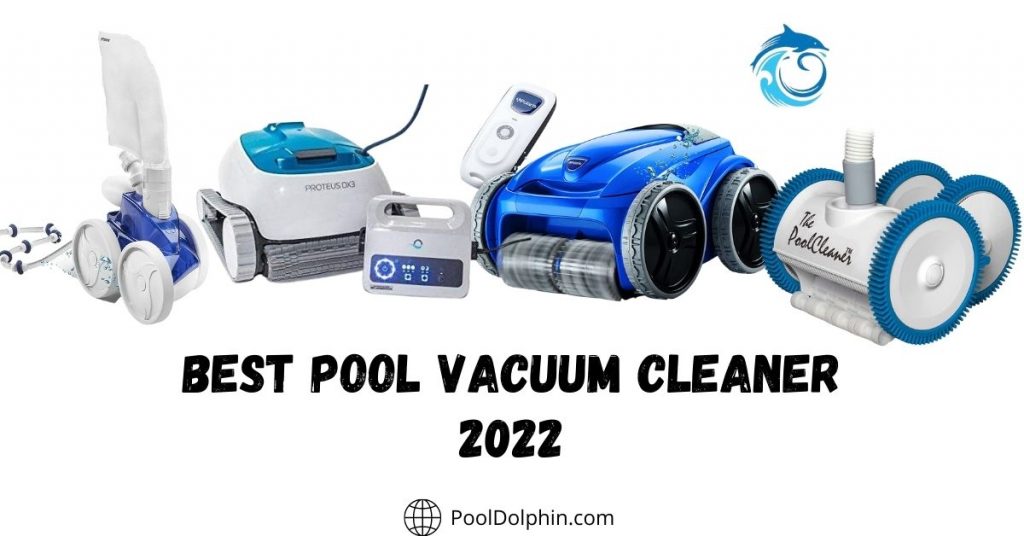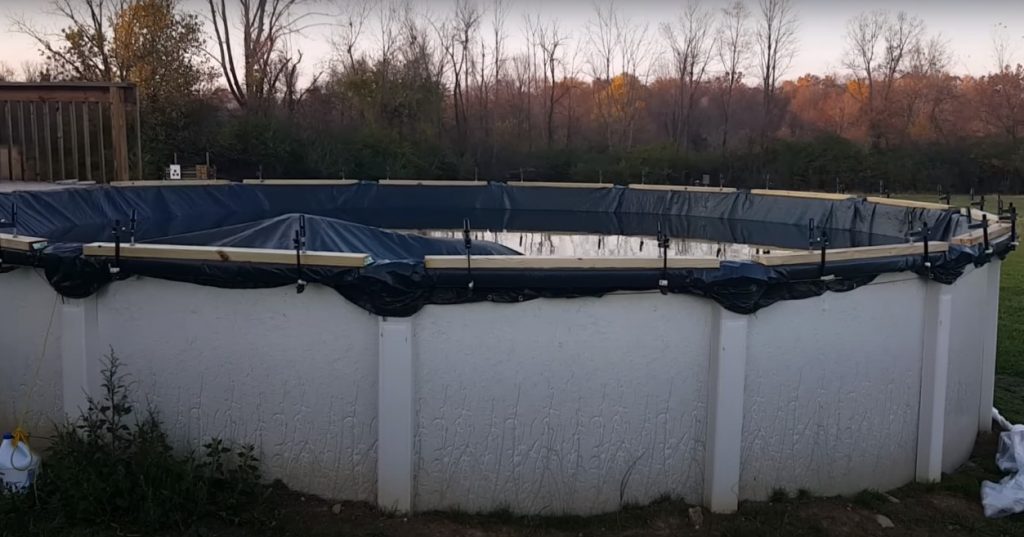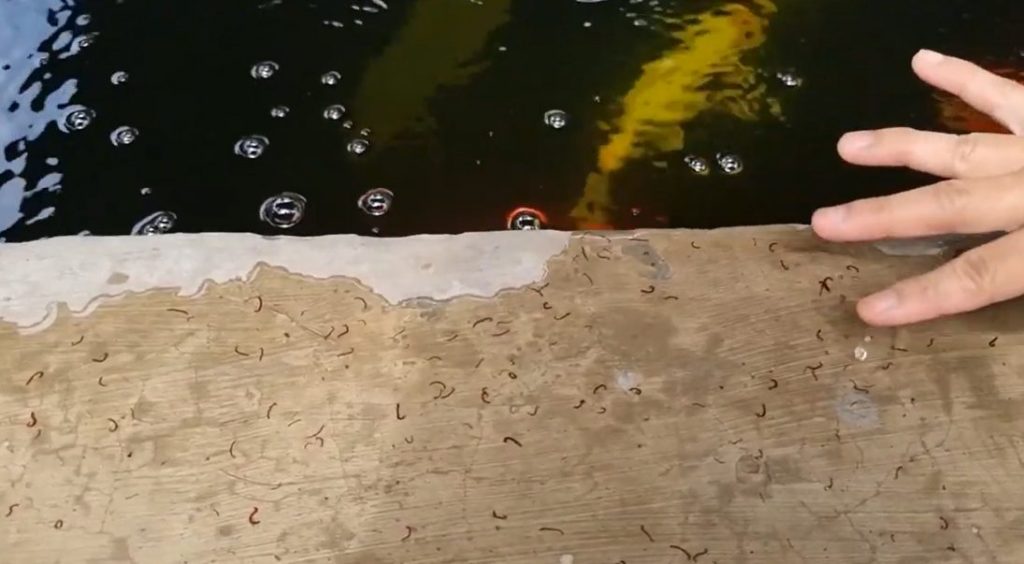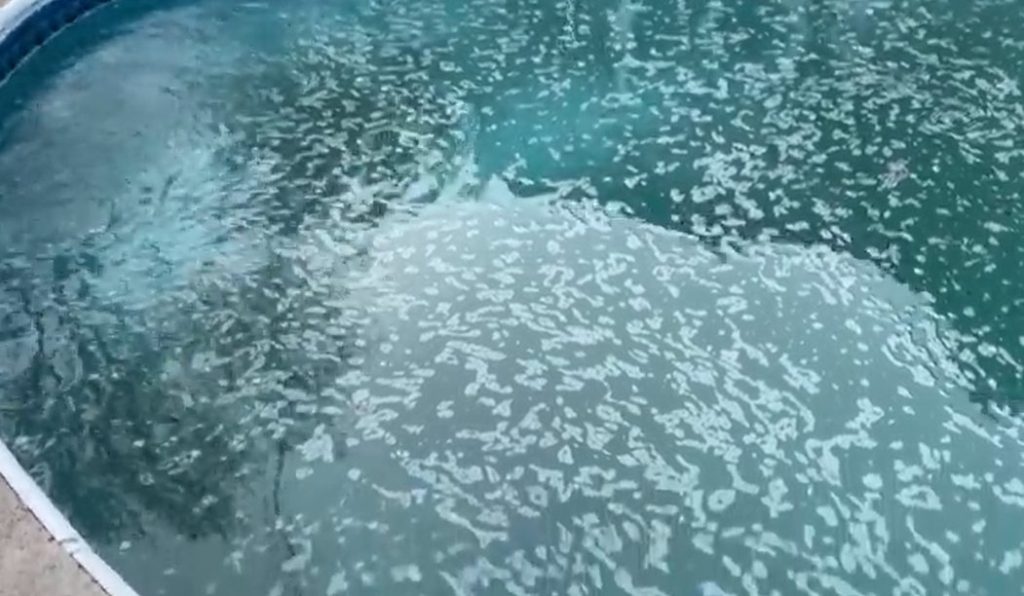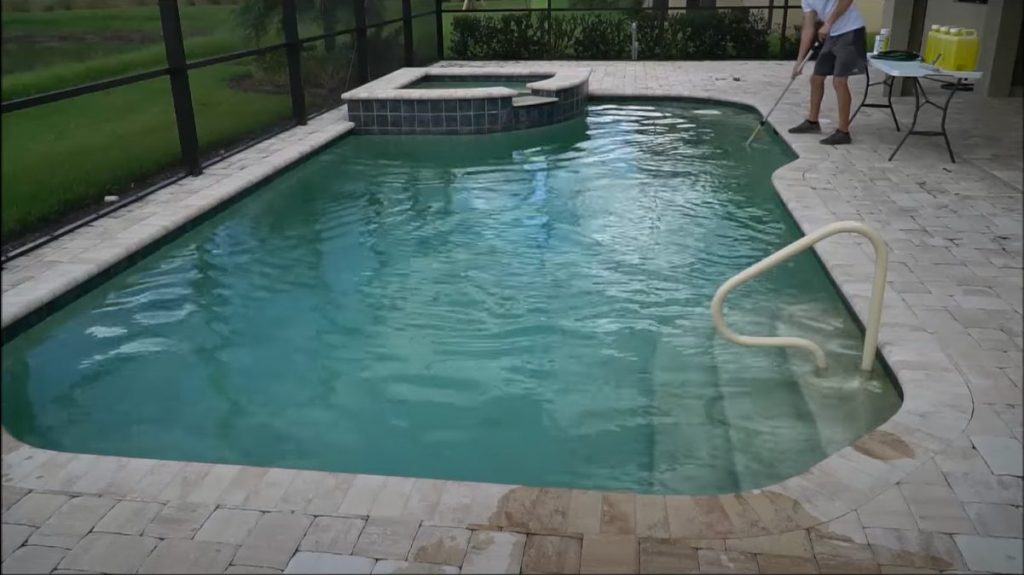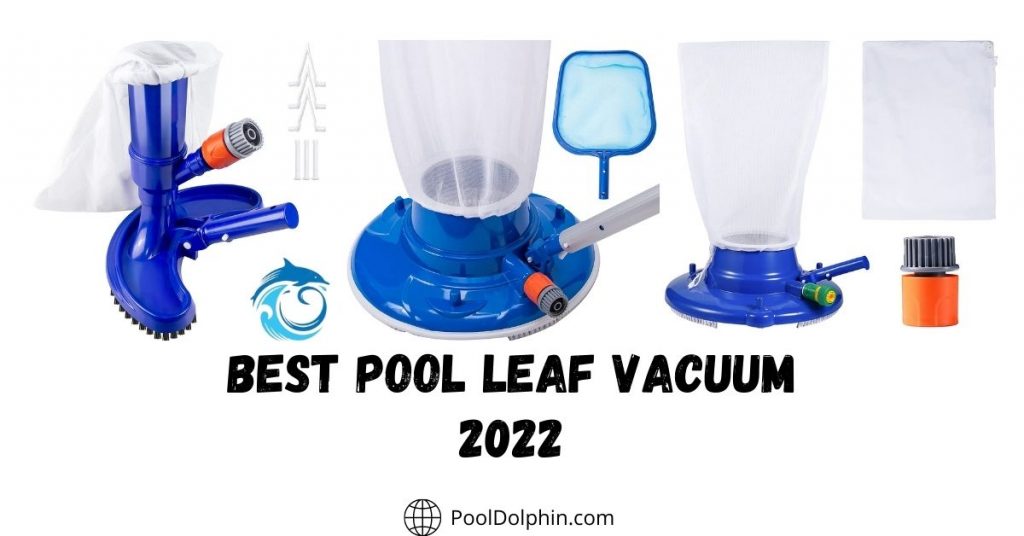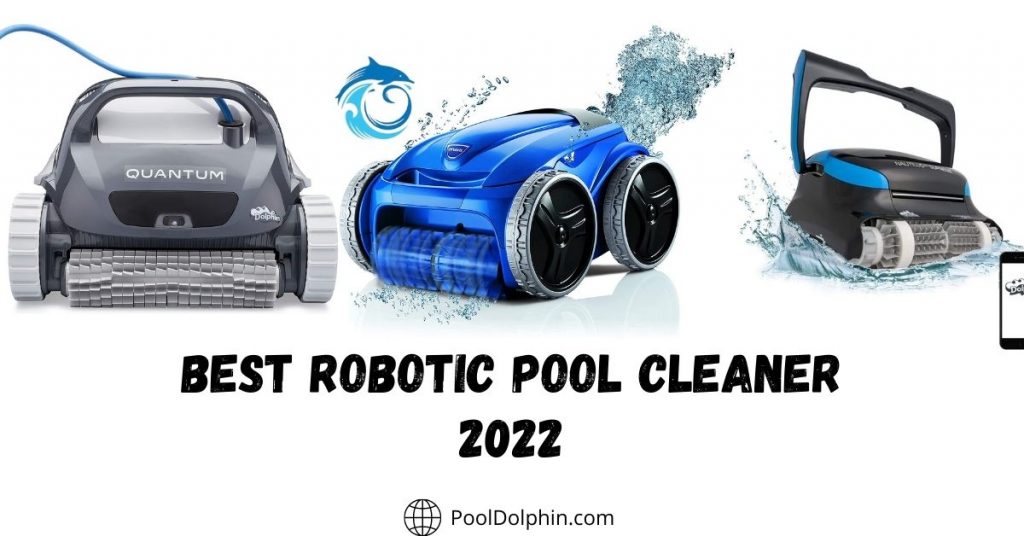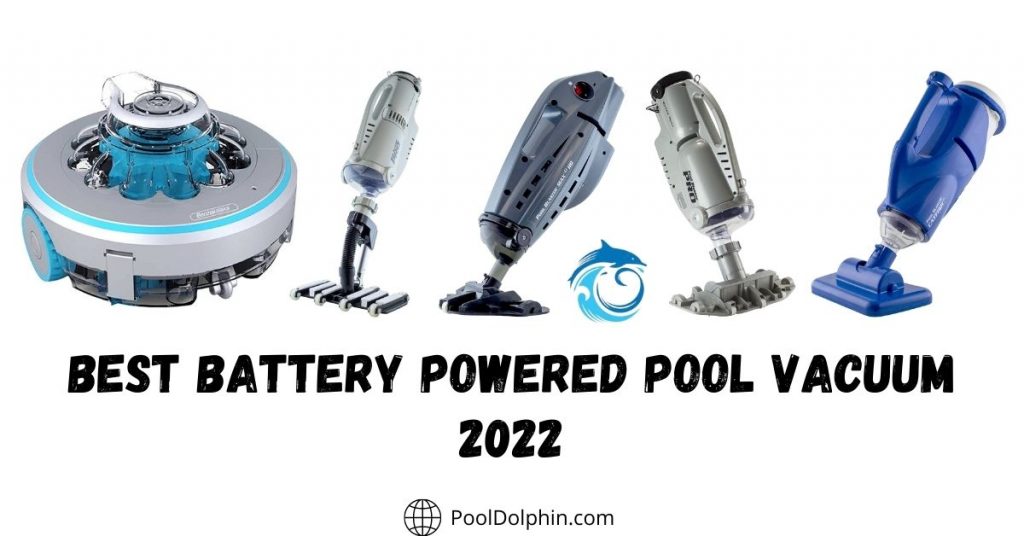No one likes finding water bugs in saltwater pool. Not only are they gross, but they can also lay eggs and invite other critters to your pool party. If you find small water bugs in pool, you’ll need to take some steps to get rid of them and make sure they don’t come back.
Types of Water Bugs in Pool
There are two main types of common water bugs in pool that you might find in your swimming pool: water boatmen and backswimmers. As their name suggests, these insects love to live in or on water.
You might find them in ponds, natural pools, and other bodies of water. But they seem to really enjoy swimming in human-made pools too.
Despite a somewhat similar appearance, water boatman and backswimmers are not roaches. Both bugs belong to the order Hemiptera, the same as other insects like cicadas and aphids.
Water Boatman
The water boatman is a true bug that looks a lot like a boat because of its elongated oval shape. It’s part of the Hemiptera order and is great at swimming and flying because of its oar-shaped hind legs that are covered in hairs.
This bugs environment is water, so it’s perfectly equipped to live there.

The water boatmen are predators that use their camouflage to help them capture prey. The water boatmen are dark on top and light on the bottom, which allows them to blend in with their surroundings and makes it difficult for predators to spot them.
Water boatmen typically have mottling on their dorsal side to help them blend in with their natural habitats in ponds and swamp areas.
However, swimming pools that grow algae have become another food source for these water bugs, even though it is not their intended habitat.
Backswimmer
The backswimmer is a predator, unlike the typically docile water boatman. It pierces its prey and sucks out all of the bodily fluids. In a swimming pool, they are likely there to prey on the water boatman because they like to feed on minnows and tadpoles.
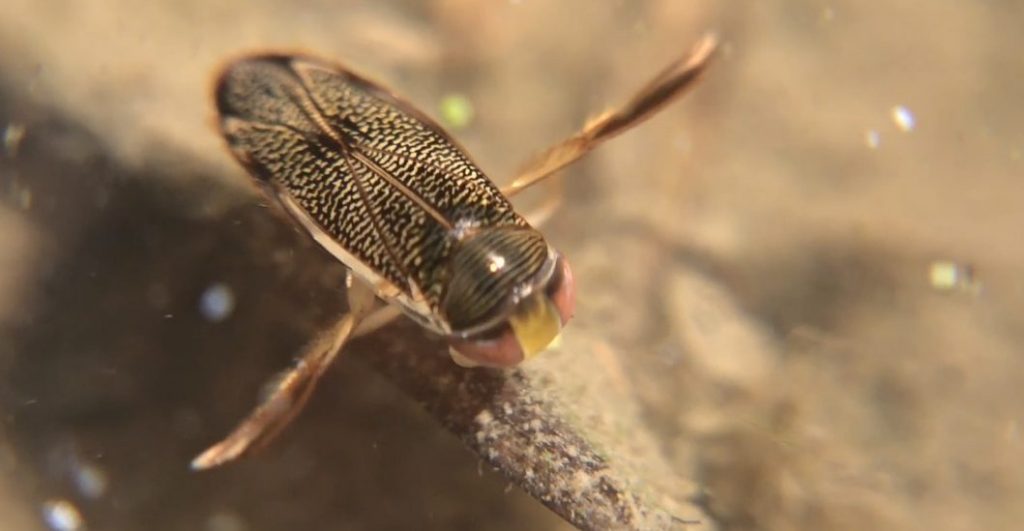
Backswimmers have three sets of legs- the front set for catching prey, the middle set for holding and subduing it, and the rear set for swimming.
They get their name from the fact that they swim upside-down, and their colors are also unique. The dorsal side is lighter in color while the ventral side is darker.
How Do Water Bugs Get in a Pool?
Water bugs have a natural affinity for flying and are often seen sailing through the air in search of bodies of water to set up camp in. These small critters prefer still waters like ponds and swampy areas to make their homes.
However, swimming pools can become an attractive proposition to water bugs when there is an abundance of algae present.
Water bugs are pests that often congregate on the surface of swimming pools. While they can be temporarily removed with a net, they will eventually just fly back.
To permanently get rid of water bugs, you need to figure out where they are coming from and address that problem.
How Do You Get Rid of water bugs in pool?
If you see water bugs in your pool, it’s likely because there is algae present. Water boatmen eat algae, and they also lay their eggs in algae. If you don’t see any algae in your pool, it could be that it hasn’t bloomed to the point where it’s visible.
However, even if you can’t see the algae, it doesn’t mean it’s not there. Algae spores are microscopic, so if you see water boatmen in your pool, it means they know the algae is there before you do. These water bugs in pool dangerous for pool.
1- Remove the Water Bugs in Your Pool
If you come across a skimmer in your pool, you may be wondering what the best course of action is. Should you kill it or let it be?
Some people recommend killing skimmers by dumping them into a bucket of water and cooking oil. This suffocates them, which is a slow and torturous death. Plus, it’s messy.
On the other hand, Pool skimmers are just bugs doing their job by eating algae and mosquito larvae. So while they’re not exactly pleasant to look at, maybe it’s best to just relocate them. It’s up to you.

2- Vacuum the Pool
The next step is to vacuum the pool through the best manual pool vacuum manually rather than using an automatic cleaner. Try to remove as much sediment and debris from the pool as possible.
Remember to vacuum to waste so the dirty water doesn’t go back into the pool. That would just be counterproductive.
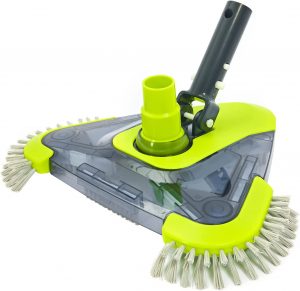
3- Brush the Pool
Algae can be a pain to get rid of, but with this helpful tip, you’ll have your pool looking good as new in no time. First, take an algae brush and scrub down all of the surfaces in your pool—this includes ladders and steps.
Doing this will loosen any algae that’s clinging to these areas and cause it to fall into the water. Next, add a shock to the water to kill all of the algae.
4- Test the Water
Use test strips or a liquid test kit to check the pH and alkalinity levels (between 7.4 and 7.6, and between 100 parts per million (ppm) and 150 ppm, respectively). If they’re not in the right range, adjust them until they are. This way, the chlorine shock will work as it should.
5- Shock the Pool
If you’re looking to kill algae, we recommend using at least double the amount of pool shock that you would normally use. For every 10,000 gallons of water, you should be using 2 pounds of calcium hypochlorite shock. If the water is a darker green, you may need to use triple or quadruple the amount.
6- Run the Pump
Now you need to get the shock evenly distributed, and allow it to dissipate so you can use the pool again. Run the pump for at least 8 hours, preferably overnight.
And if you triple or quadruple shocked, run it for 24 hours. Test the water to make sure chlorine levels have returned to normal before you swim again.
FAQ For Pool Water Bugs
1- Does chlorine keep bugs away?
Although chlorine is not a catch-all solution for preventing bugs in the pool, it will help maintain cleanliness and inhibit the growth of any potential larvae. A safe range for swimming is 1-4 ppm (parts per million), but a level of 3-4 ppm is ideal for both cleanliness and bug prevention.
2- What can I spray around my pool to keep bugs away?
If you have a swimming pool, you can keep bugs away by using peppermint oil. You can find it in the wedding cake aisle at Walmart. Pour half of a small bottle into a 5- or 6-ounce spritz bottle, then fill it up with water. Spray it all around your pool. It works! No bugs will go near the pool.
3- Where do water bugs come from?
Water bugs are often found in places where organic material is decomposing, such as under objects that are outdoors, particularly trash cans, or in mulch or compost. They might also be attracted to sewer pipes and septic tanks. Water bugs can show up anywhere dead plants and leaves have collected and are rotting.
4- Do swimming pools attract bugs?
If you’re finding bugs near or in your pool, don’t fret. There are a few things you can do to get rid of them quickly and effectively. First, make sure you’re regularly adding pool chemicals to keep the water balanced. Second, you can try a few different at-home solutions like diatomaceous earth or essential oils. And finally, if all else fails, you can always call in a professional to help get rid of your bug problem for good.

